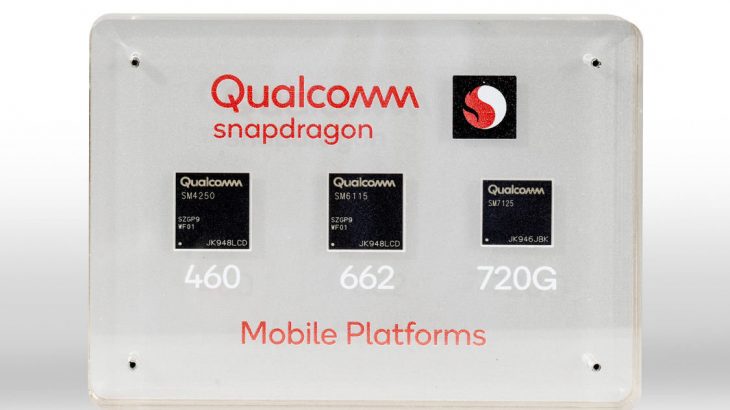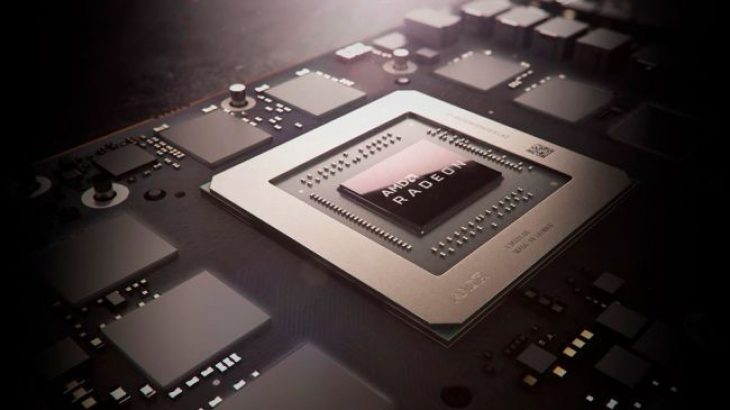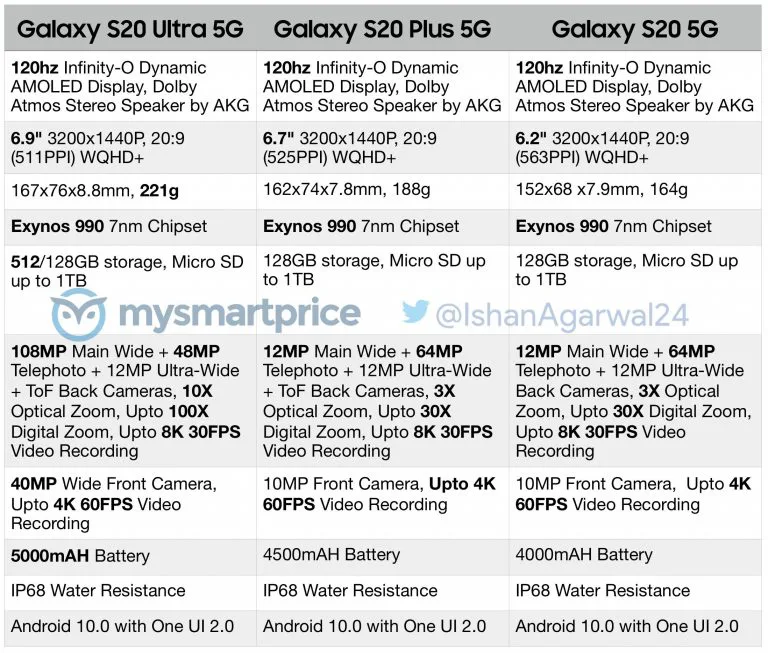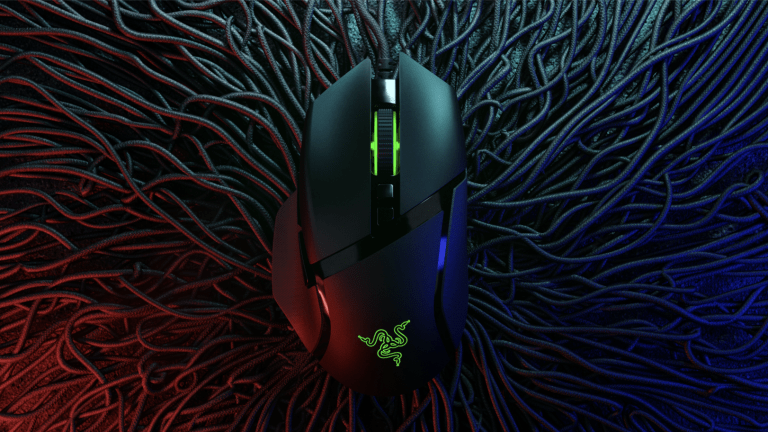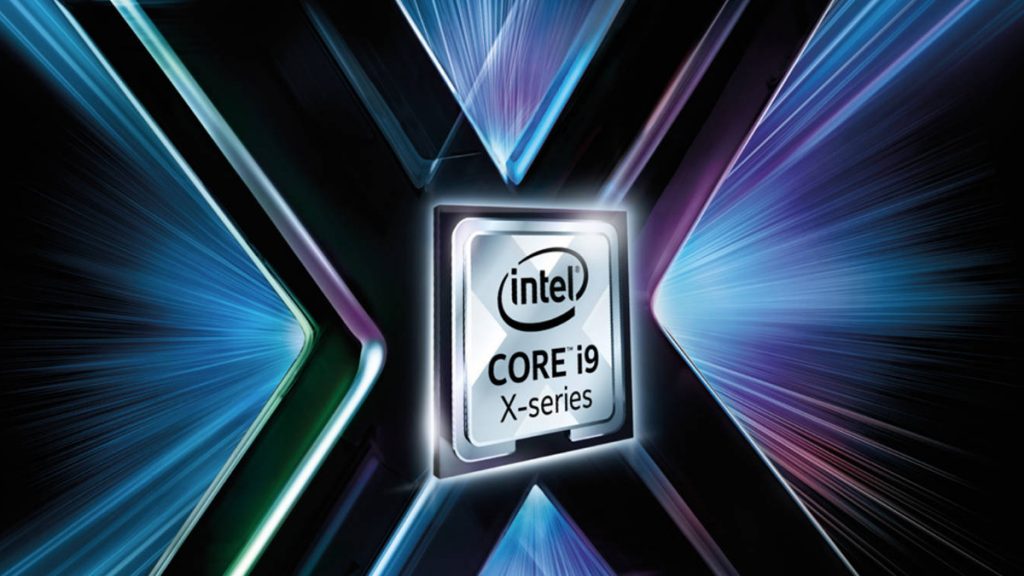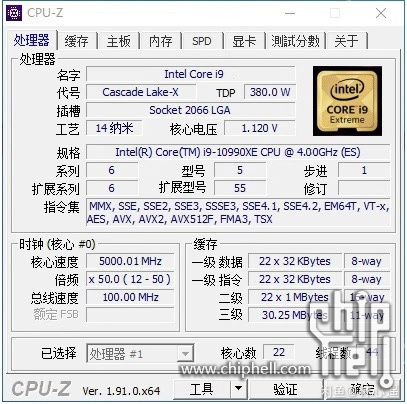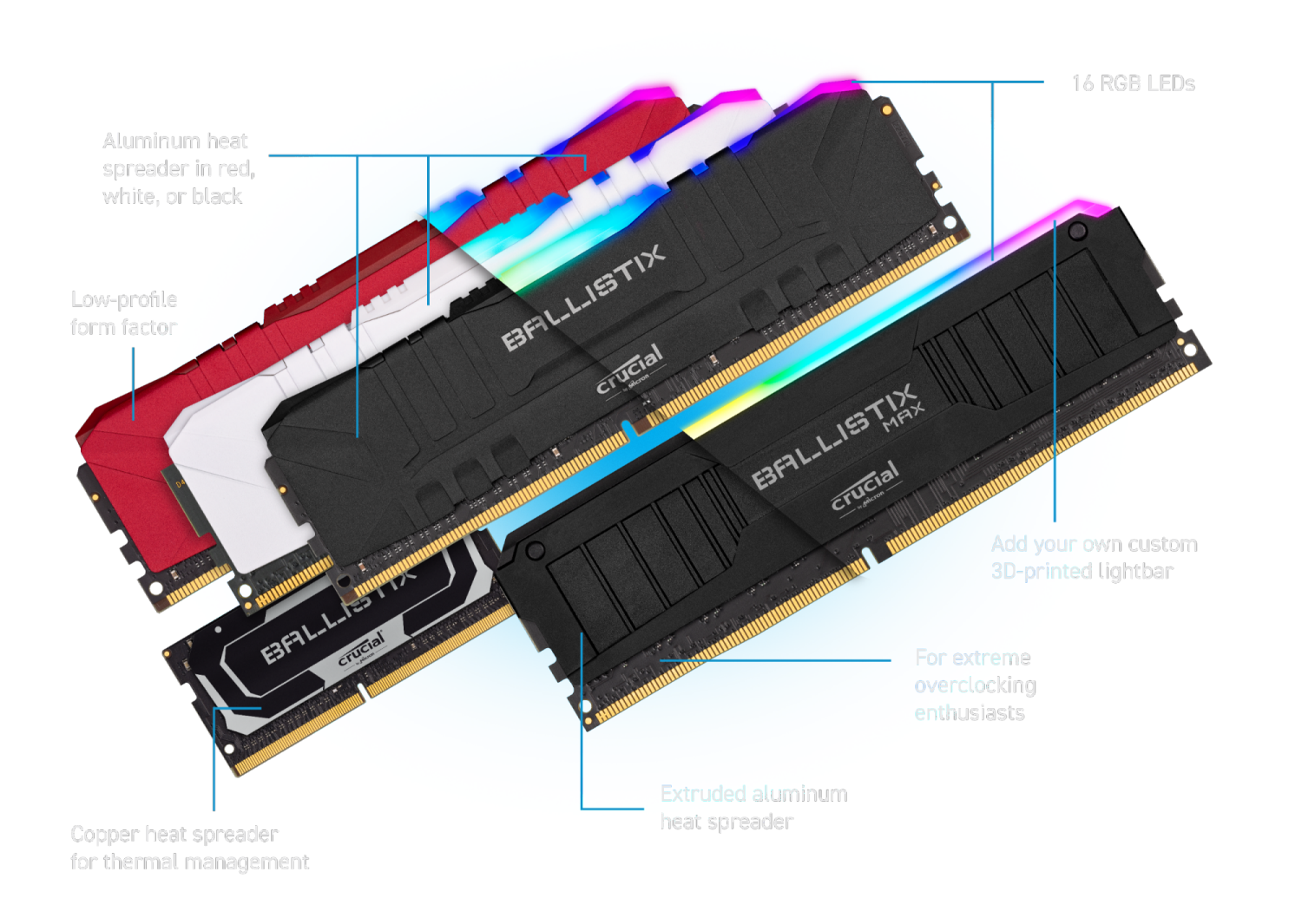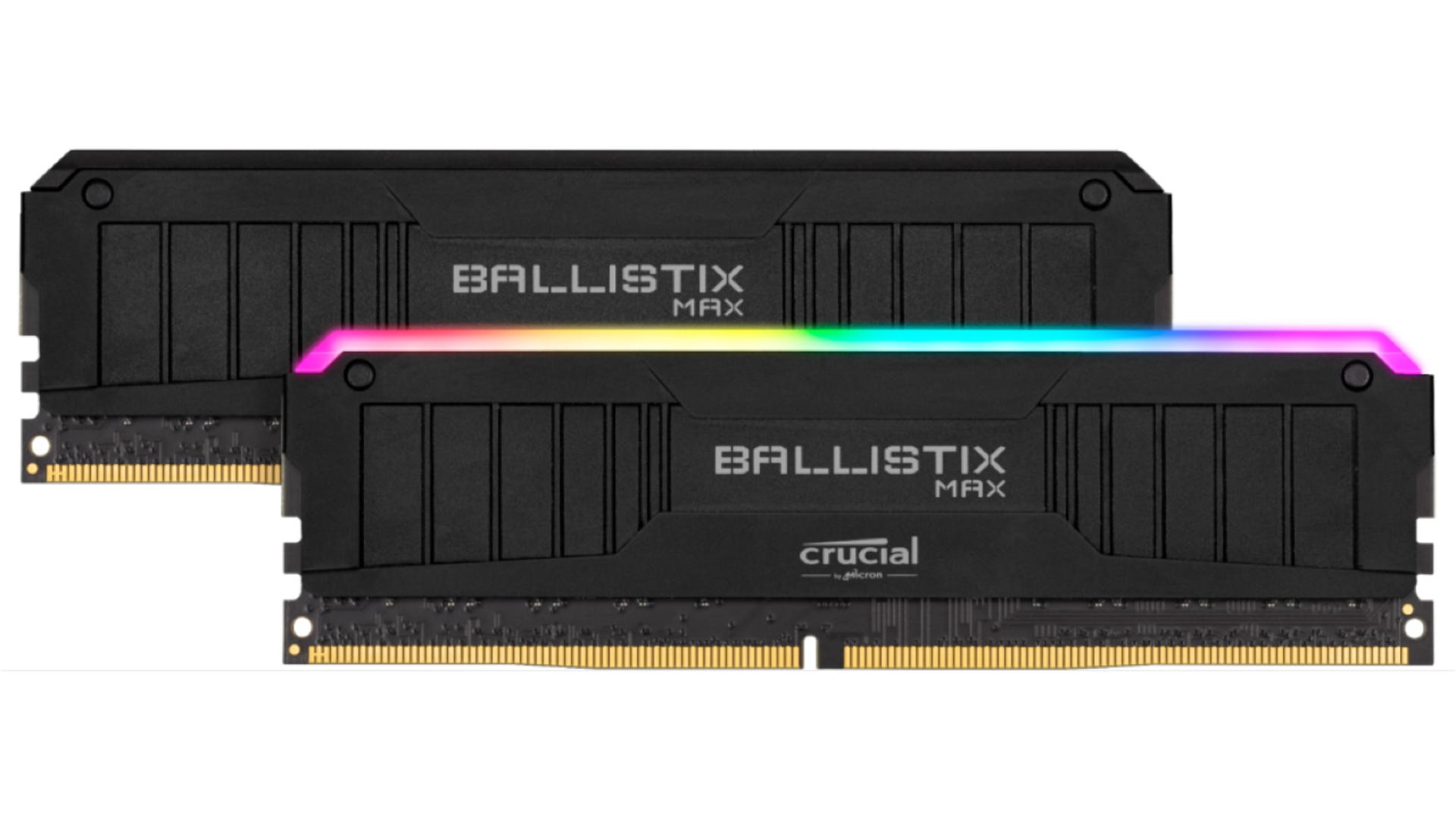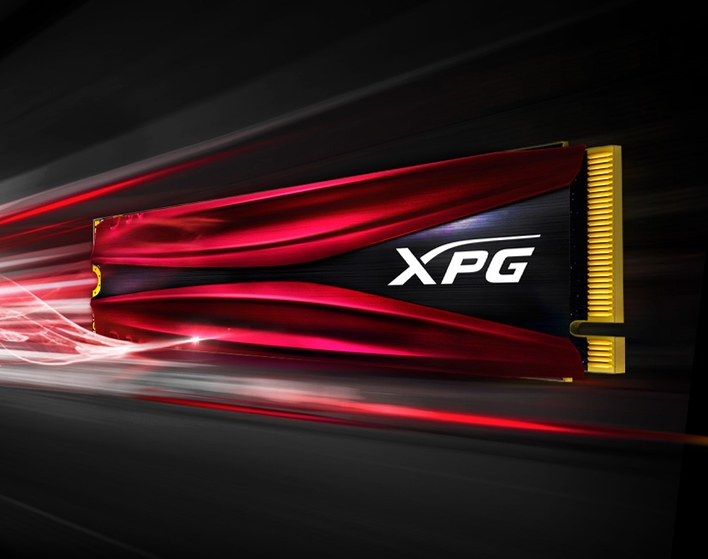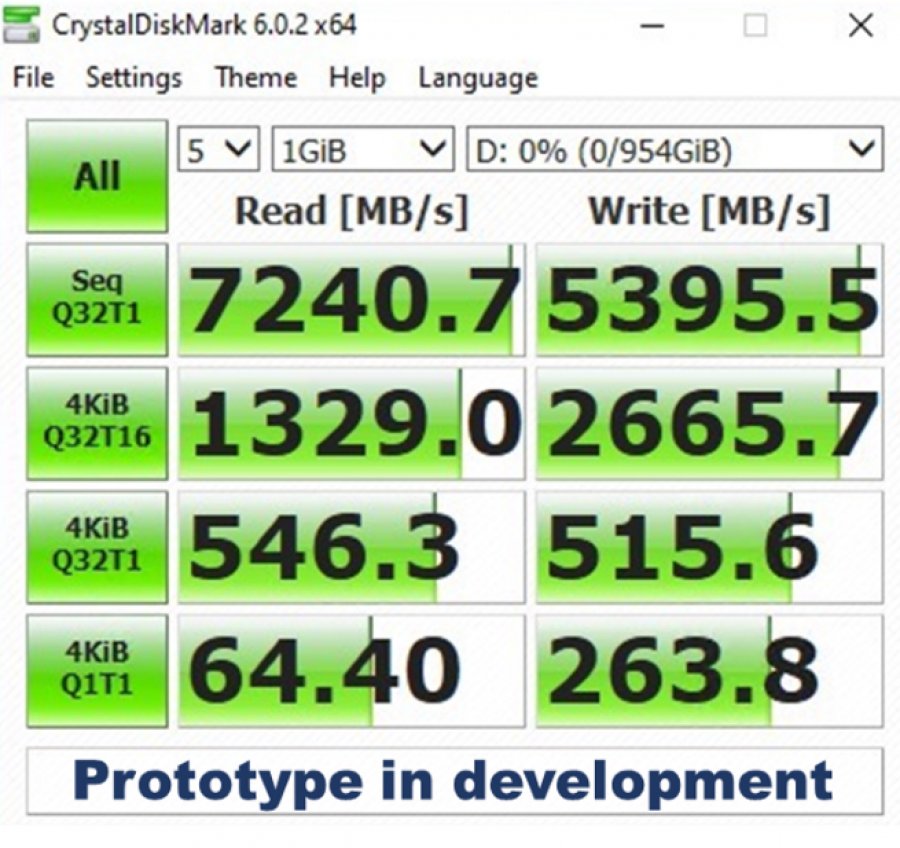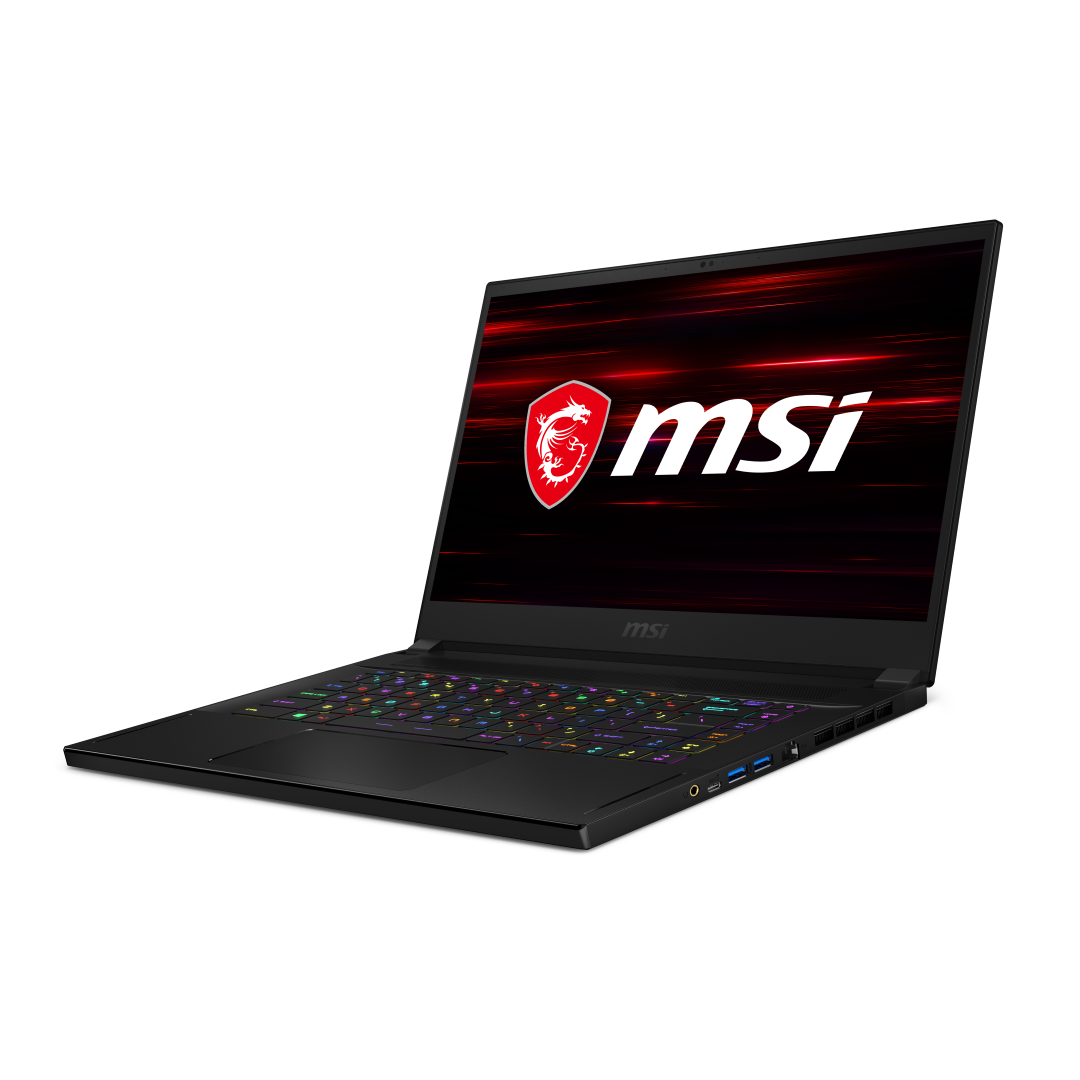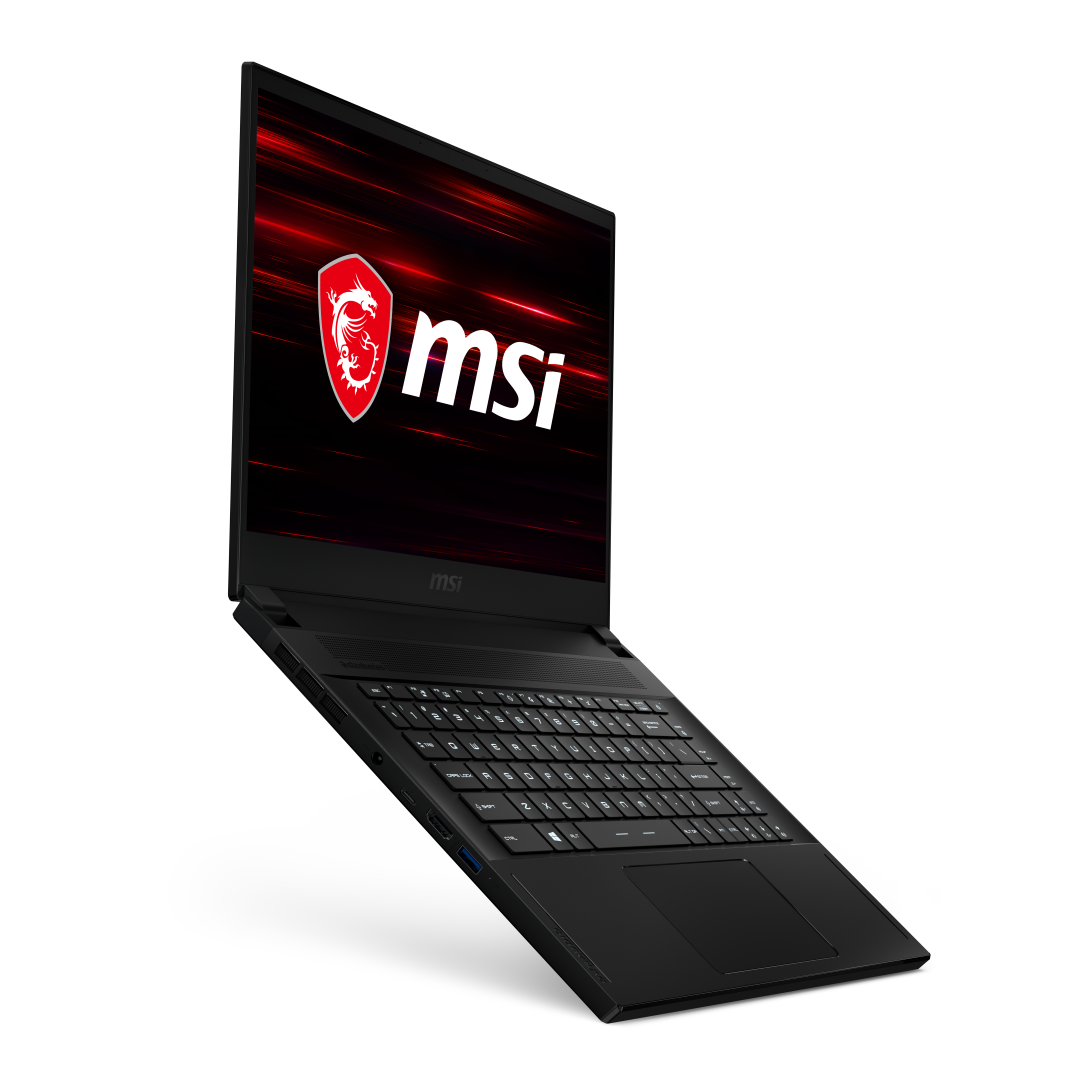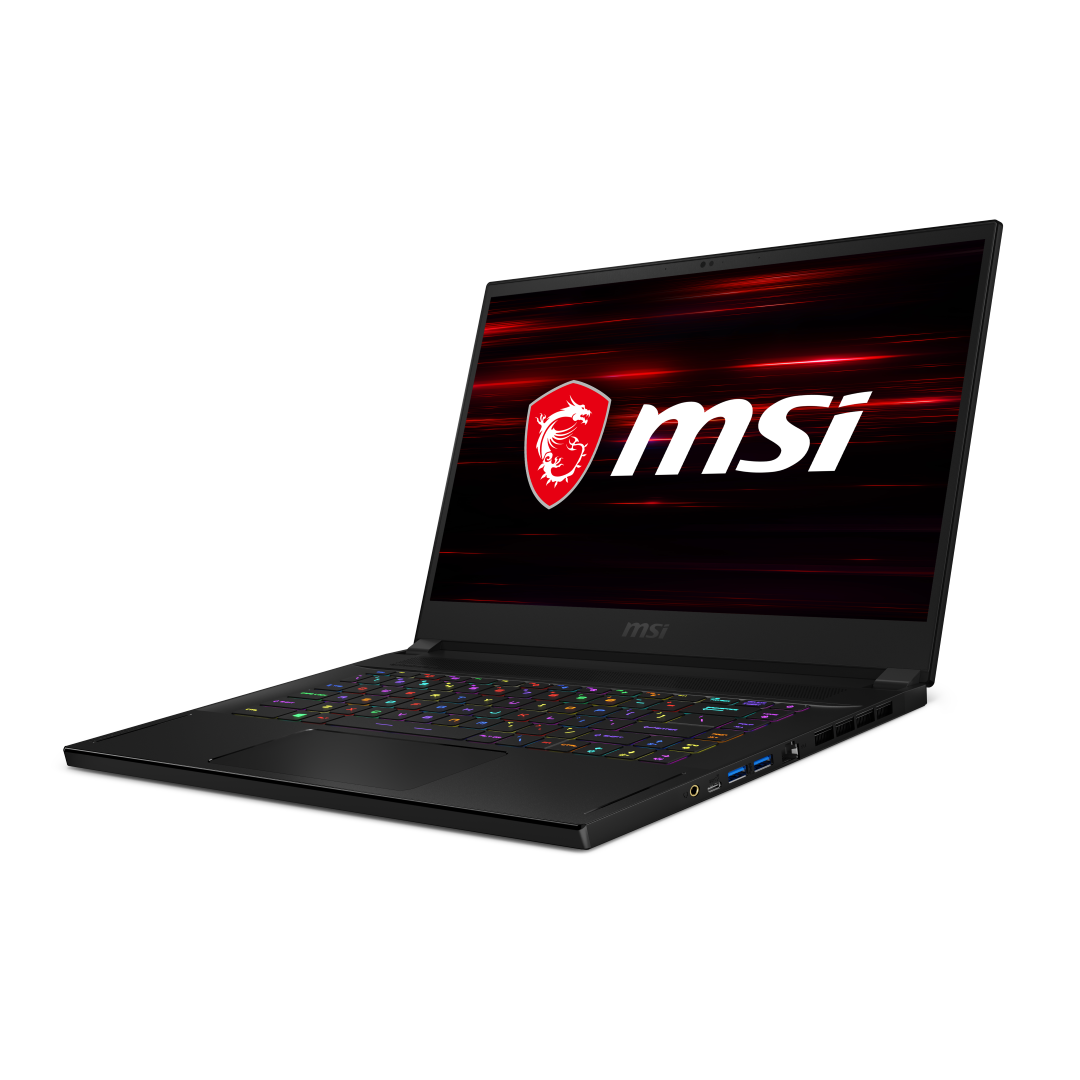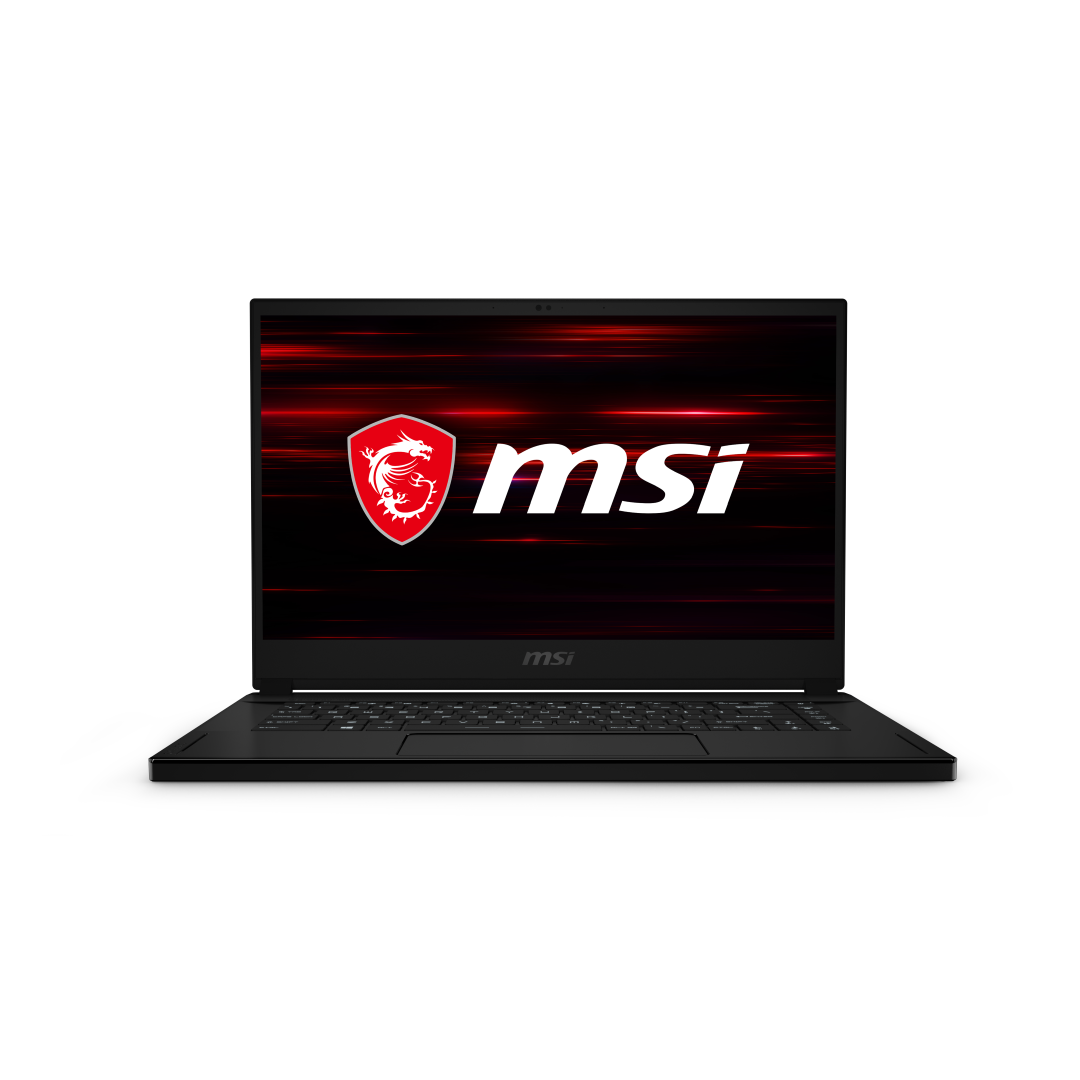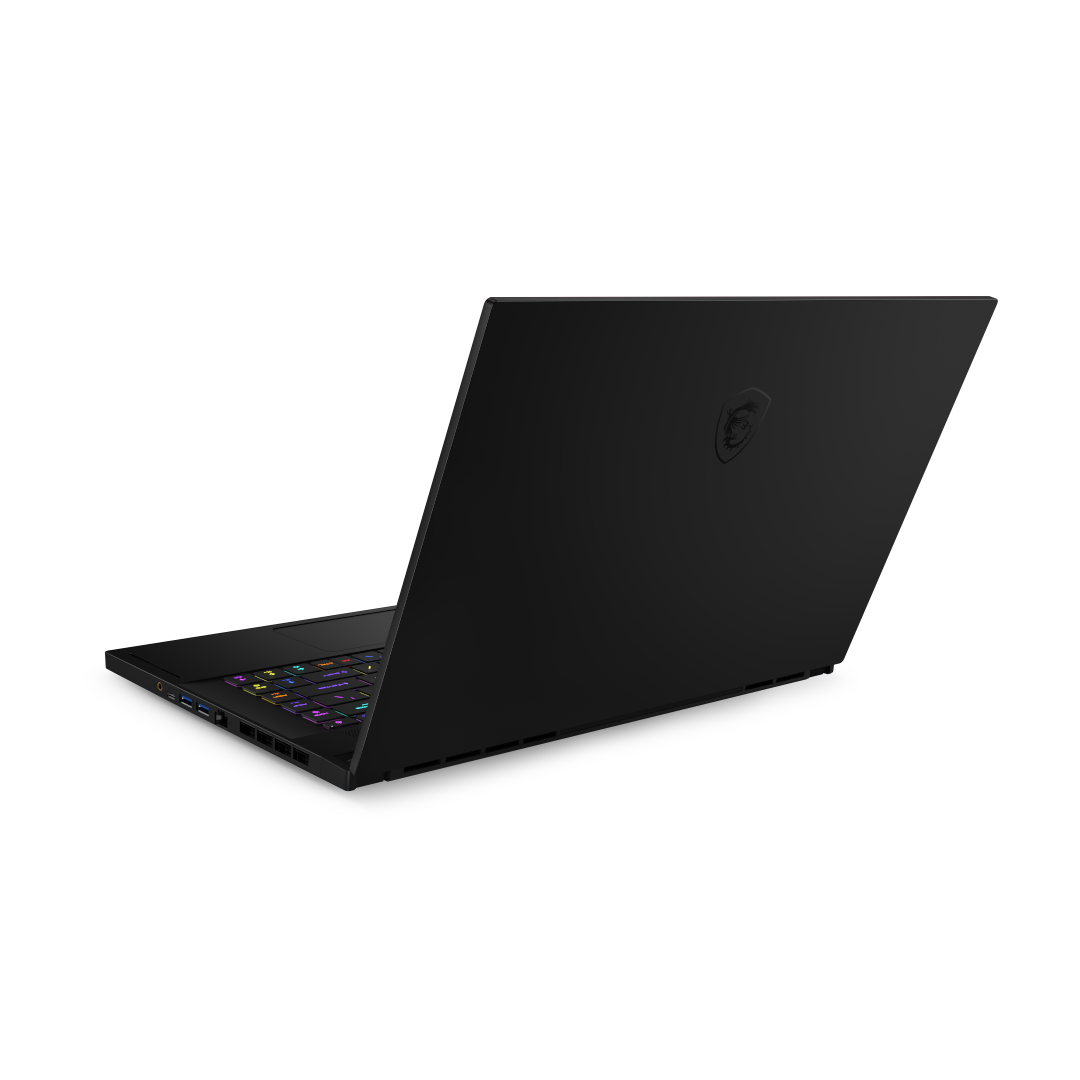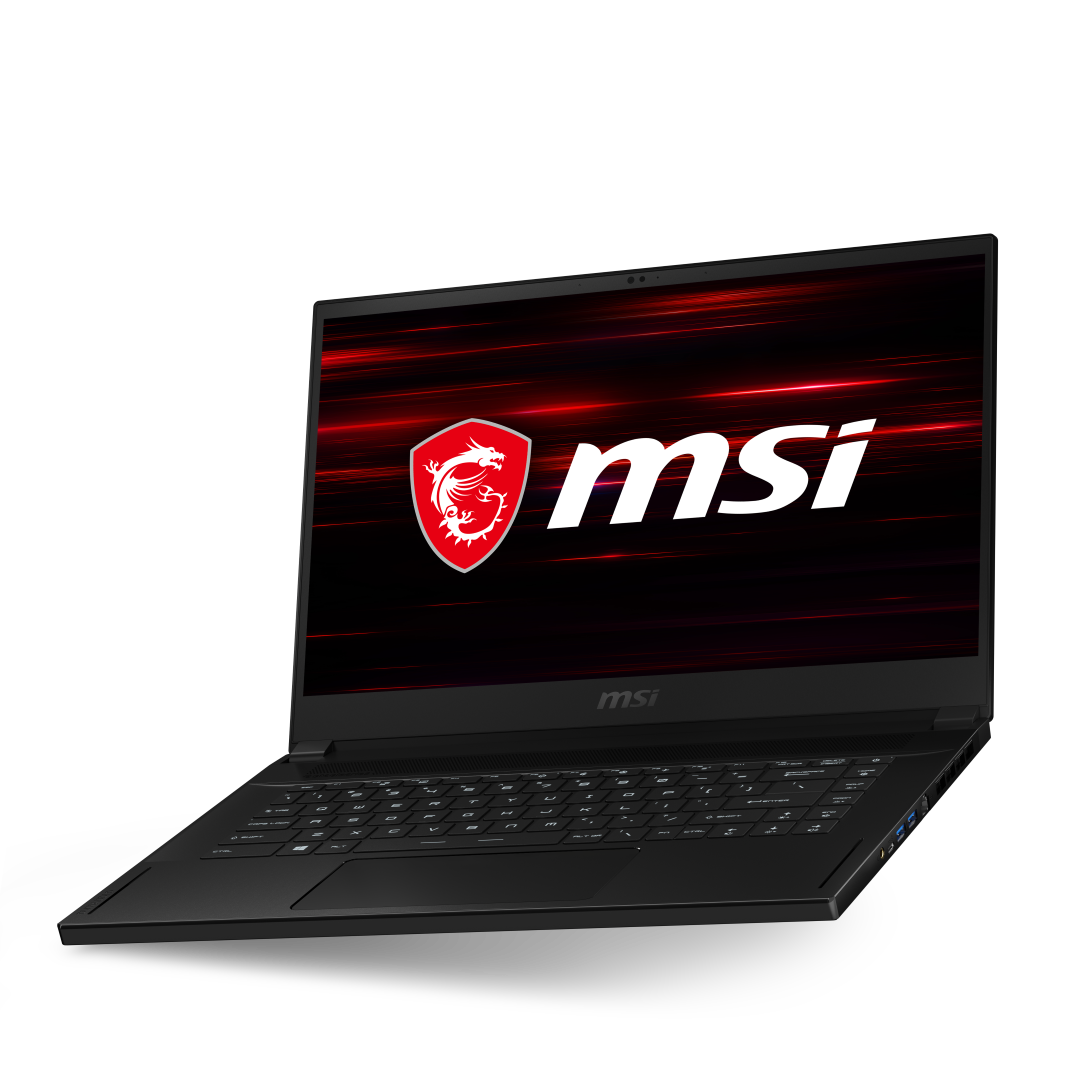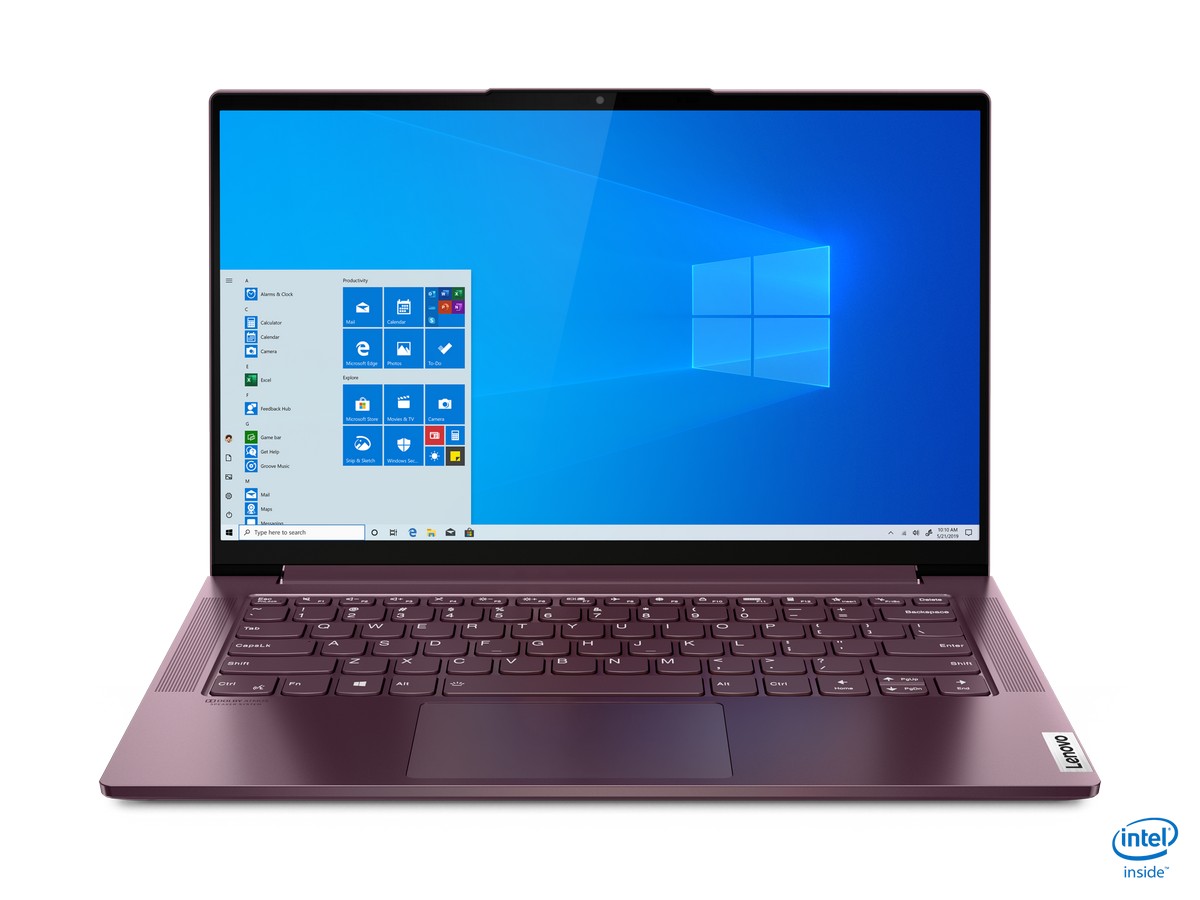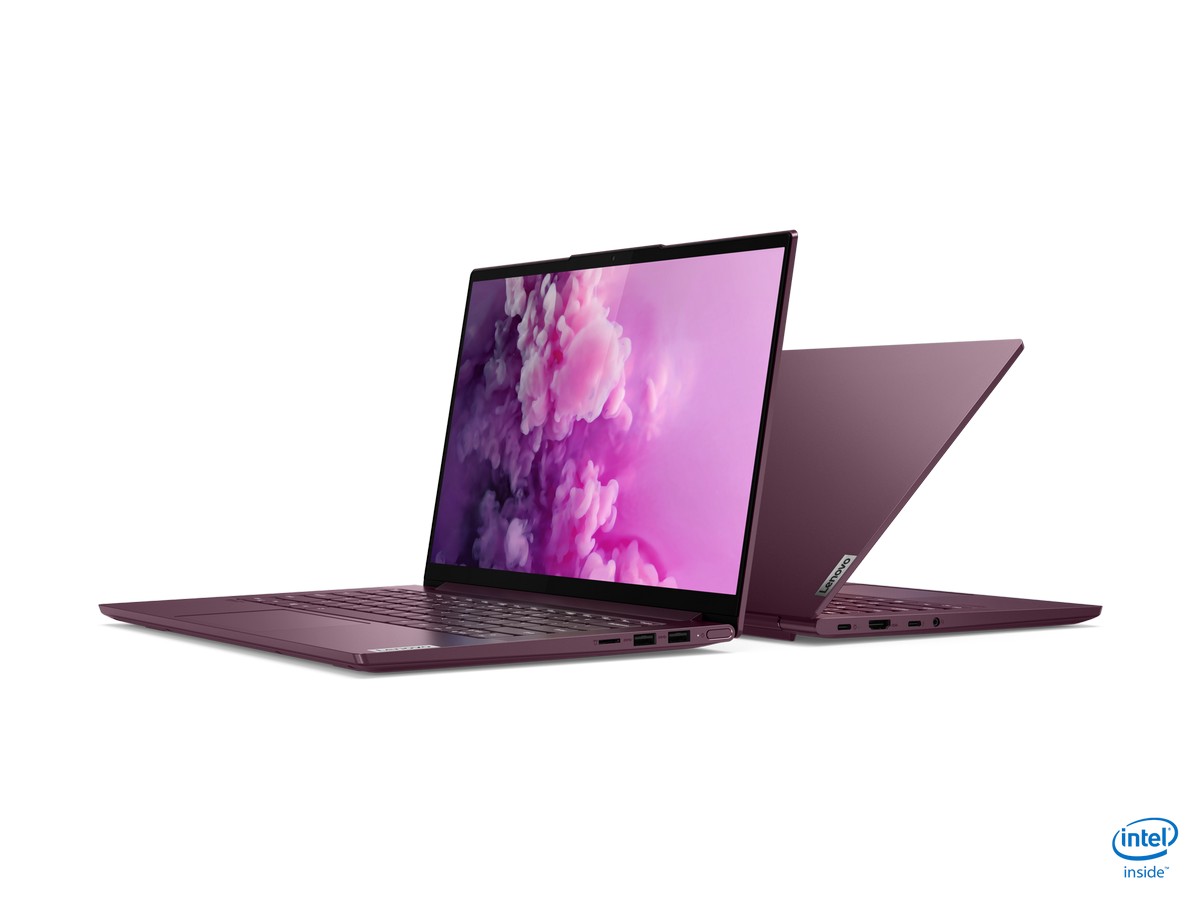Qualcomm’s latest 4G chipsets feature Wi-Fi 6 connectivity
2020 is the year when 5G is expected to make a difference in people’s lives but 4G LTE networks will not go anywhere for several years.
We can say without a doubt that for the next few years there will be defaults to Internet access, and based on these forecasts Qualcomm introduced three new processors focused on 4G phones.
The company unveiled Snapdragon 720G, 662 and 460 models, all of which share similar features as support for WiFi 6 technology.
The Snapdragon 720G eight-core model is the most powerful and will be included in high-end but not flagship phones like the Galaxy S20. The letter “G” in its designation means it is focused on gaming, bringing the 10-bit HDR Qualcomm offers to the flagship Snapdragon 855 processor.
The chip also has a Hexagon 692 DSP for IA operations on the phone plus support for 4K video at 2520 × 1080 resolutions. Perhaps the most interesting detail is the LTE X15 modem with download speeds of up to 800Mbps.
The Snapdragon 662 is a shrunken version of the 720G. It is an eight-core chip and 2Ghz frequency compared to 2.3Ghz at 720G but has only an X11 modem LTE with theoretical speeds of up to 390Mbps. Qualcomm says the chip has support for triple camera systems.
The Snapdragon 469 already uses the same LTE modem but a less powerful IA engine. However, compared to the Snapdragon 450, the new chip is 50% faster.
The future is 5G, but Qualcomm wants to keep 4G customers happy.
> Read Next: AMD confirms, Nvidia’s killer is coming this year
So what do you think about this? Let us know your thoughts in the comments section below, follow us on twitter and facebook for more news and updates.
